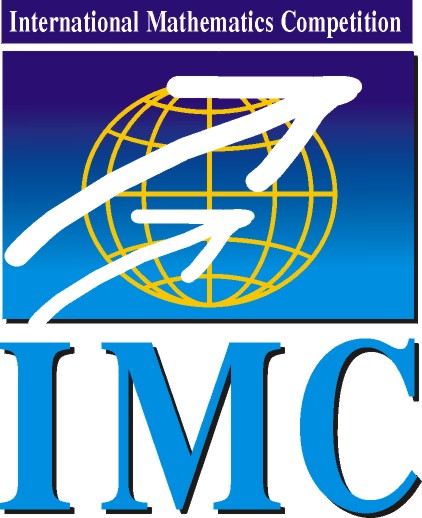
|
International Mathematics Competition
|
IMC 2024 |
| Information | Schedule | Problems & Solutions | Results | Contact |
IMC2023: Day 2, Problem 6
Problem 6. Ivan writes the matrix \(\displaystyle \begin{pmatrix} 2 & 3 \\ 2 & 4 \end{pmatrix}\) on the board. Then he performs the following operation on the matrix several times:
- he chooses a row or a column of the matrix, and
- he multiplies or divides the chosen row or column entry-wise by the other row or column, respectively.
Can Ivan end up with the matrix \(\displaystyle \begin{pmatrix} 2 & 4 \\ 2 & 3 \end{pmatrix}\) after finitely many steps?
Alex Avdiushenko, Neapolis University Paphos, Cyprus
Solution. We show that starting from \(\displaystyle A=\begin{pmatrix} 2 & 3 \\ 2 & 4 \end{pmatrix}\), Ivan cannot reach the matrix \(\displaystyle B=\begin{pmatrix} 2 & 4 \\ 2 & 3 \end{pmatrix}\).
Notice first that the allowed operations preserve the positivity of entries; all matrices Ivan can reach have only positive entries.
For every matrix \(\displaystyle X=\begin{pmatrix} x_{11} & x_{12} \\ x_{21} & x_{22} \\ \end{pmatrix}\) with positive entries, let \(\displaystyle L(X)=\begin{pmatrix} \log_2 x_{11} & \log_2 x_{12} \\ \log_2 x_{21} & \log_2 x_{22} \\ \end{pmatrix}\). By taking logarithms of the entries, the steps in Ivan game will be replaced by adding or subtracting a row or column to the other row. Such standard row and column operations preserve the determinant.
Hence, if the matrices in the game are \(\displaystyle A=X_0,X_1,X_2,\ldots\), then we have \(\displaystyle \det L(A)=\det L(X_1)=\det L(X_2)=\ldots\), and it suffices to verify that \(\displaystyle \det L(A)\ne\det L(B)\).
Indeed,
\(\displaystyle \det L(A) = \log_22\cdot\log_24-\log_24\cdot\log_23 = \log_2(4/3)>0 \)
and similarly \(\displaystyle \det L(B)<0\), so \(\displaystyle \det L(A)\ne\det L(B)\).
© IMC